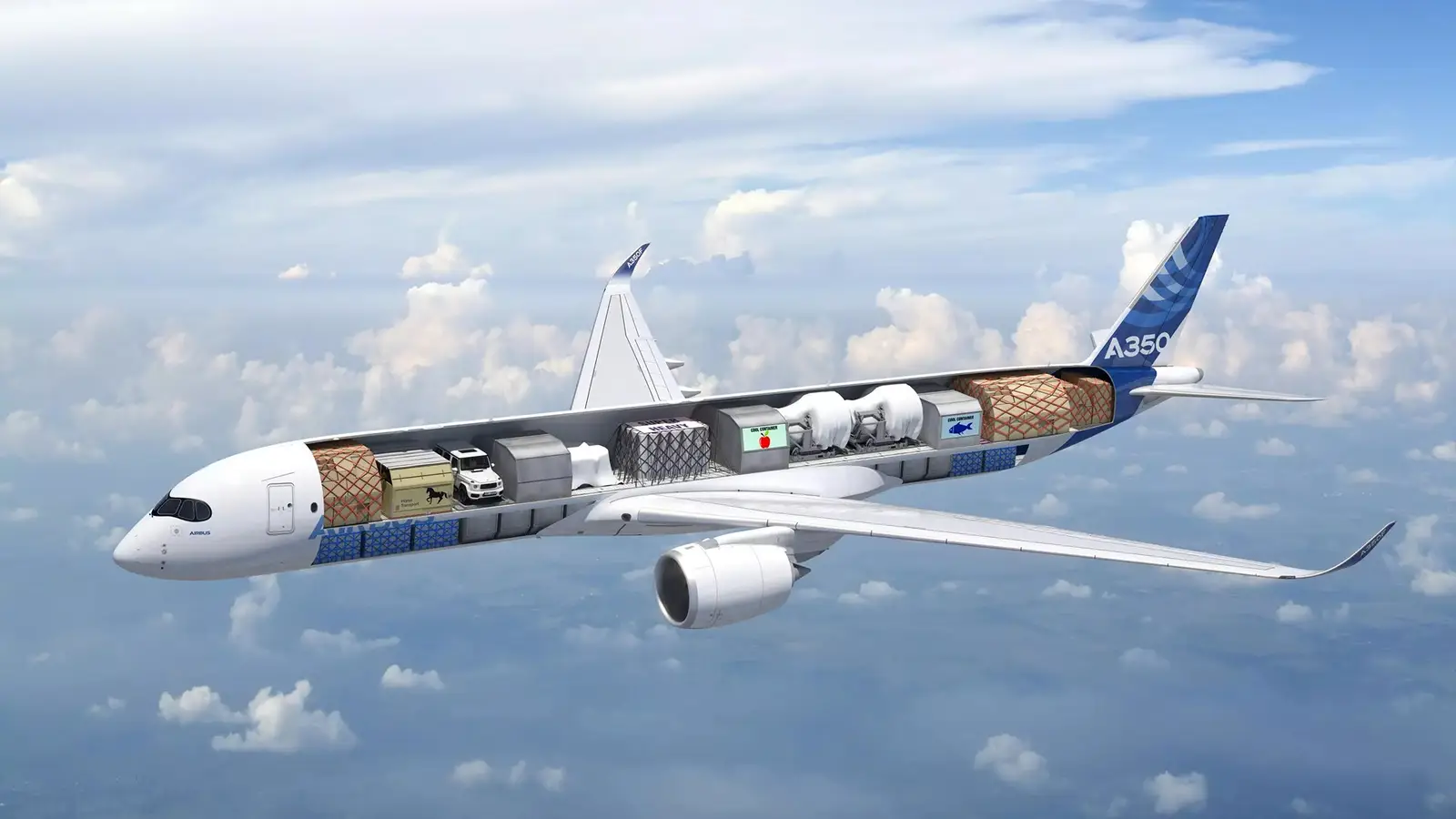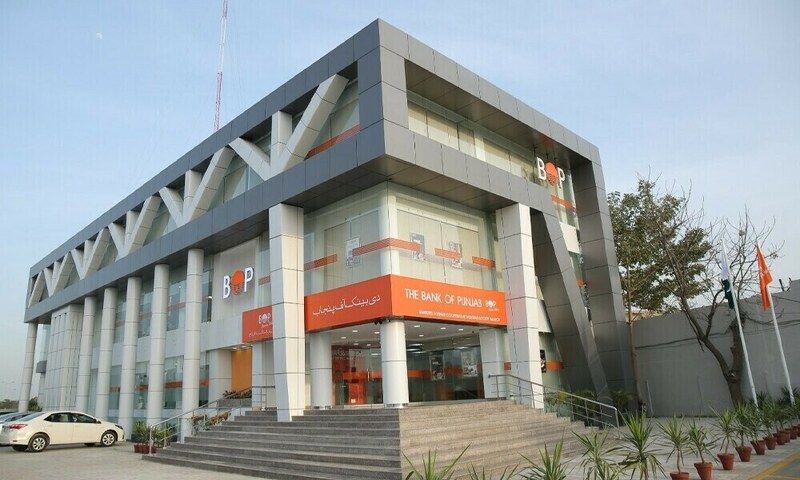
These days, the Airbus A350 is a hotly contested plane in the commercial passenger aviation market, with its order backlog still greater than the number of units in circulation more than 10 years after its first flight. Being the first Airbus aircraft to be mostly made from carbon-fibre-reinforced polymers, or composite materials, the aircraft’s lightness is one of many things contributing to its amazing efficiency, making it a popular choice among airlines.
The A350 currently competes with the Boeing 787 Dreamliner, another heavyweight in the sector, which also features similar efficiency-improving features. One year after the A350 was switched to a clean-sheet design in 2006, talk of a freight variant began. Airbus would begin the A350F program in July 2021, according to Flight Global, and Airbus has been plugging away on it since. This article takes stock of the A350F’s development and compares it to how Boeing’s potential freight competitor 787F program is progressing.
The Latest On The A350F
Nearly a month ago, Airbus officially started final assembly of the A350F, as the first forward (sections 11–14) and central fuselage (sections 15–21) arrived in Toulouse, France, from Montoir-de-Bretagne, being transported in an Airbus A300-600ST Super Transporter, also known as the Beluga. Several pictures of the event have since been posted on the official A350F page, and it was discussed on a Reddit thread, which summed up the latest on the project.
Earlier this year, the first wings were completed in the UK, and the first horizontal stabilizer was finished for shipment in Spain. With these parts completed, the key structural parts are ready to converge in Toulouse for integration and assembly. The A350 was initially slated to enter service in 2026, but supply chain issues with Spirit Aerosystems, the company that supplies the central fuselage section according to Flight Global, have resulted in the expected delivery date being moved to the second half of 2027.
Flight testing is currently planned to begin from 2026 to 2027, and two test aircraft are being built. With 65 firm orders at this point, 15 more than the 50 needed to begin the $2–3 billion program, according to Reuters in 2021, many eyes are on the progress of this highly efficient air freighter. On the subject of orders, Singapore Airlines and then the US aircraft lessor, Air Lease Corporation, both placed orders and subsequently canceled them, making CMA CGM Air Cargo the launch customer as of last month, with eight A350F orders, per Aircargo News.
Why Is The A350F Significant?
One of the standout features of the A350F is its door, and in the air freight industry, the door can be a very important feature. According to an Airbus press release, the A350F will have the largest main-deck cargo door (MDCD) of any commercial aircraft, with a cut-out width of 175 inches and a clear opening of 169.5 inches. Being 15 percent wider than the door of the Boeing 777 Freighter, the large aperture will make loading work much easier and allow transportation of bulkier cargo items, such as large modern turbofan engines.
The MDCD has also been located at the rear of the plane, preserving a safe center of gravity during loading operations, as freight can be loaded from the front of the plane first. The A350F also features the first door in the industry to be made from composite materials instead of aluminum, matching the materials of the fuselage. This change in material will save a significant amount of weight. The opening and closing mechanism of the door will also be driven by electrical rather than hydraulic power, eliminating the need for hydraulic fluid lines to it.
As seen from the specifications above, the A350 has not directly inherited the fuselage of either passenger A350 variant, being shorter than the -1000, but longer than the -900. However, the A350F does use the same wing as the larger -1000, and also shares engine specifications and fuel capacity, giving the aircraft increased lifting capabilities and increasing its loaded range as much as possible. The benefits of these design changes can be seen in its maximum payload weight, which is 95,000 pounds more than the -1000.
What’s Going On With The 787F?
Despite much talk about the 787F, Boeing has not yet started the development program for the variant. According to Leeham News in January this year, Boeing will soon be forced to cease production of the 767F and 777F freight variants in two years, as the International Civil Aviation Organization’s (ICAO) 2017 emission rules mean that these aircraft will be non-compliant from 2028. In fact, the A350F is as yet the only compliant air freighter, so Airbus stands to gain a significant advantage in the market if Boeing does not produce a competitor.
While the 777X family’s -8F is currently slated to enter service in 2028, repeated delays in the 777X program have damaged hopes that this will happen as planned. In order to bridge the gap, Boeing asked the US Congress for an exemption to the new rules, allowing the 767F to continue operation after 2027, a request that was granted, according to The Air Current. Despite this, as there were no new orders for the variant forthcoming, the new Boeing CEO, Kelly Ortberg, announced in October 2024 that the production of the 767F will end in 2027.
In 2022, the previous Boeing CEO, David Calhoun, suggested that Boeing’s plan was to hang its hopes on the 777 freight variant in a brief interview, according to Freight Waves, and judging from the fact that the 787F program has not yet started, the new CEO appears to have the same stance. While Calhoun did state that the 787 was high on the list of freighter candidates, this was before orders ceased for the 767F, leaving the 777 as the only option thus far:
“We know there’s value in it [a 787 freighter]. But we’re going to pace all of our freighter developments. We have a 777 coming down the pike. The [legacy] 767 is still in wild demand. Someday. Probably likely. But we have not pulled any triggers.”
Is Now The Right Time For The 787F?
Opinions on whether it is an opportune time for the 787F are somewhat mixed among publications and message boards. According to DJS Aviation, freight operations have largely normalized following the turmoil that the pandemic inflicted on the industry. Thus, freight operators have looked to slow down the acquisition of new aircraft as the market levels off, and older aircraft such as the 767F are still viable until the new emissions rules kick in. Conversation on Airliners.net illustrates the debate:
“Now is not a good time to launch a new freighter derivative since virtually no one will order it. Across the board most air cargo companies are laying people off and parking planes right now. There is excess capacity in the cargo market. While old 767s and 747s will never come back, launching a freighter during a freighter downturn is probably not a good use of capital or resources.”
On the other hand, there have been so many setbacks with the 777X program thus far, that it may be a risky long-term strategy for Boeing to keep all its eggs in one basket. Some think that the 777-8F is a lot further away, particularly as the variant will need significant modifications and structural improvements, differentiating it from passenger variants:
“Then if one doesn’t think it’s time for 787F. What is it time for – what is the next model that helps change the conversation for the next CEO? Re-engine or refresh the 787 with GE9X tech in the engines? 737 is done in terms of new models. […] I would guess 787F wouldn’t EIS into until 2032 in any case and you would need a good sized order from Fedex and/or UPS to launch it”
In the worst-case scenario for Boeing, the 777-8F would suffer the same certification and quality issues seen in the last five years, leaving no viable Boeing freight option. The manufacturer would have to cede a large portion of the commercial aviation market to Airbus, and by that time, the A350F will be dominating a stagnant freight market: “The real question is whether the A350F leaves any space for it, or a space big enough to make a business out of.”
There May Be No Right Answer
While things are looking great for Airbus in the near future, and the A350F looks to be secure with its imminent introduction to the market, Boeing may be caught between a rock and a hard place. If Boeing does begin the program for the 787F, the manufacturer may sell too few aircraft for the investment to be worth it, especially as the 777F will eventually compete in the same market.



